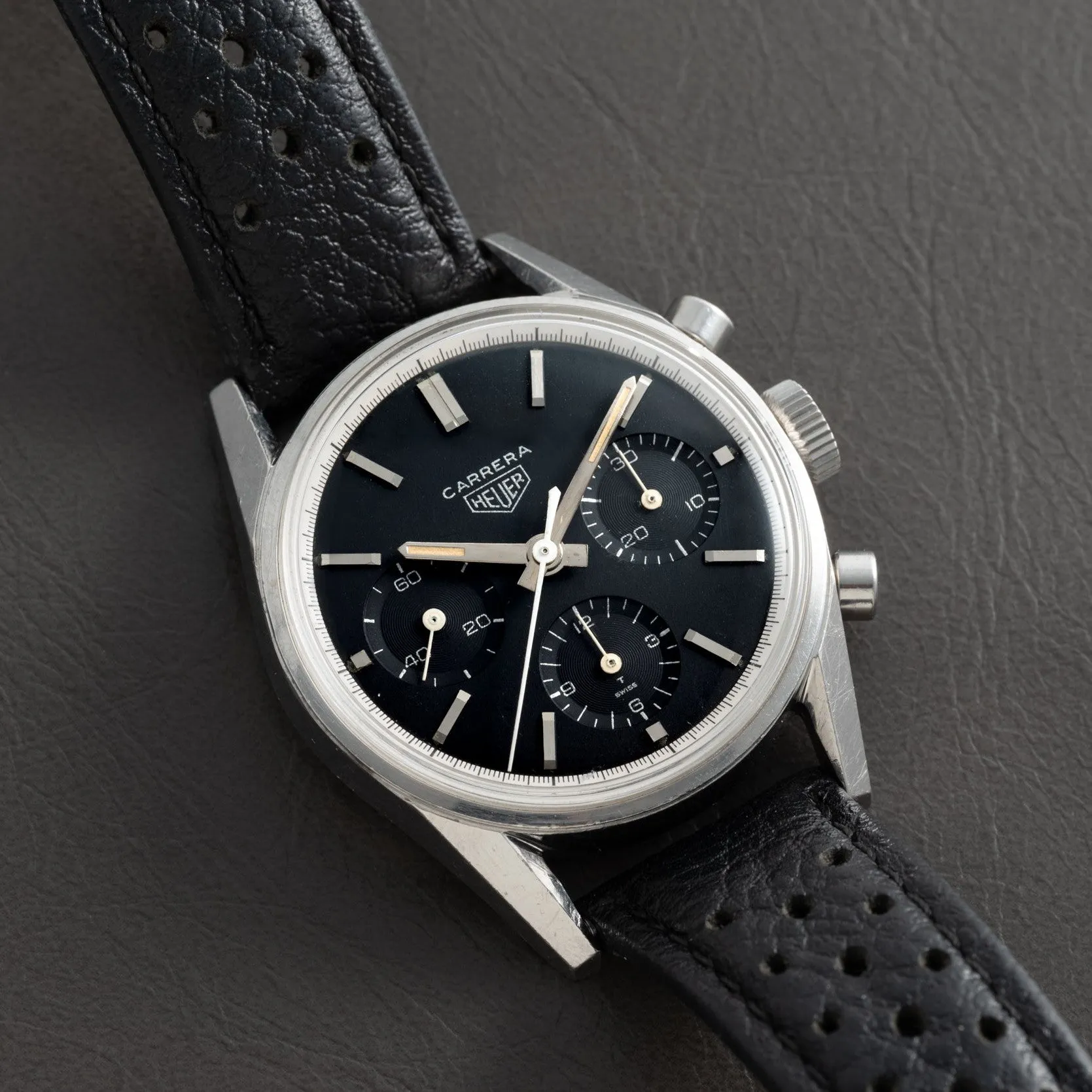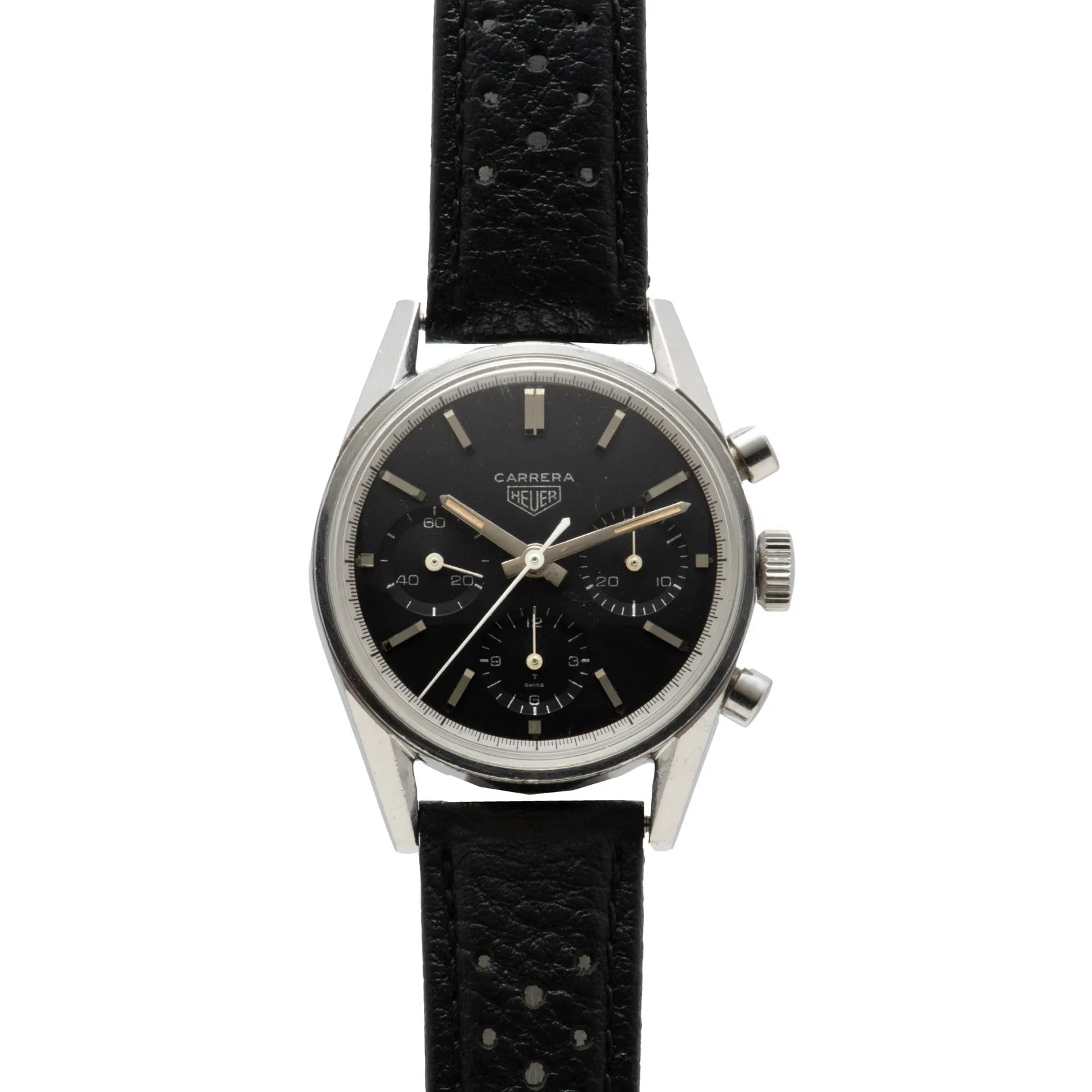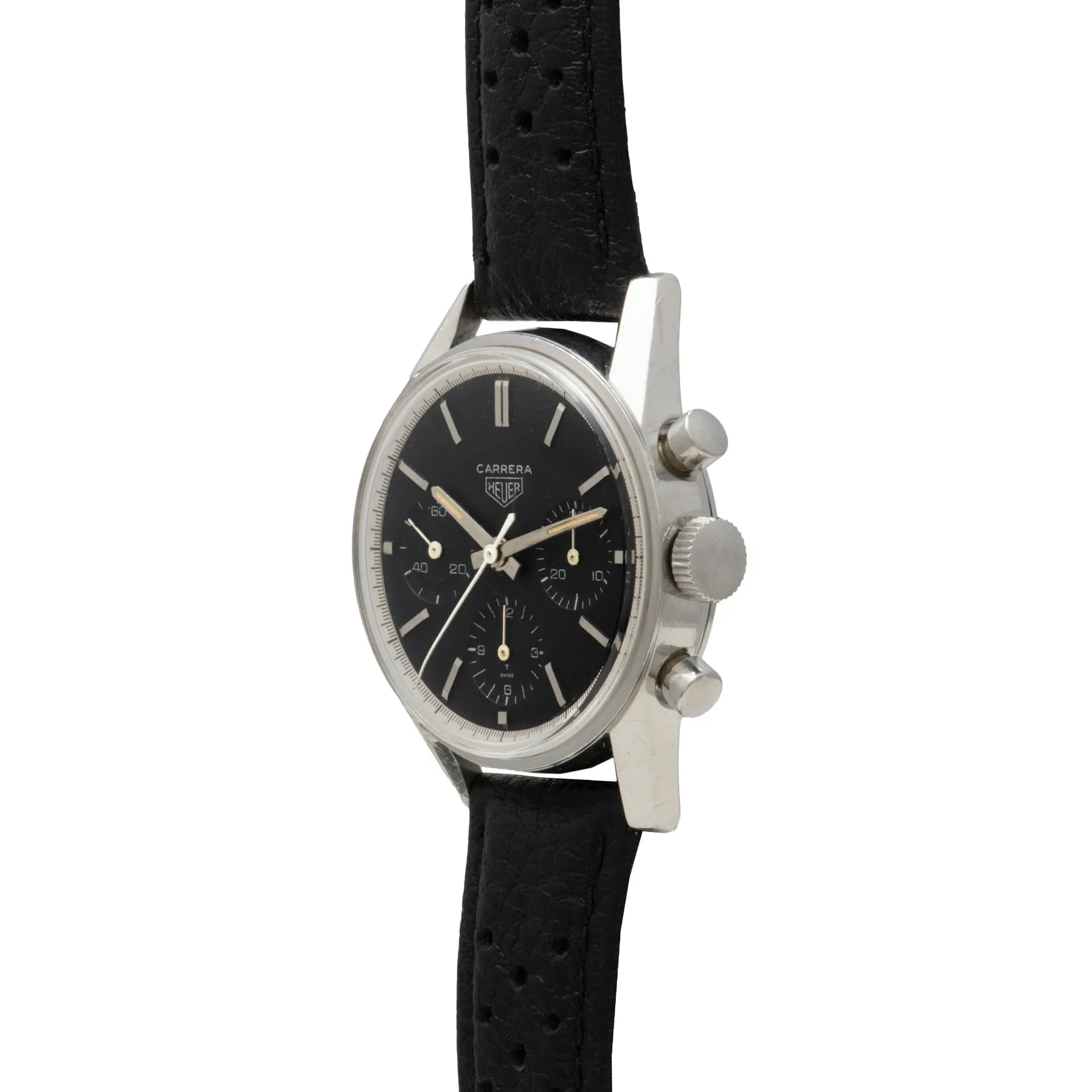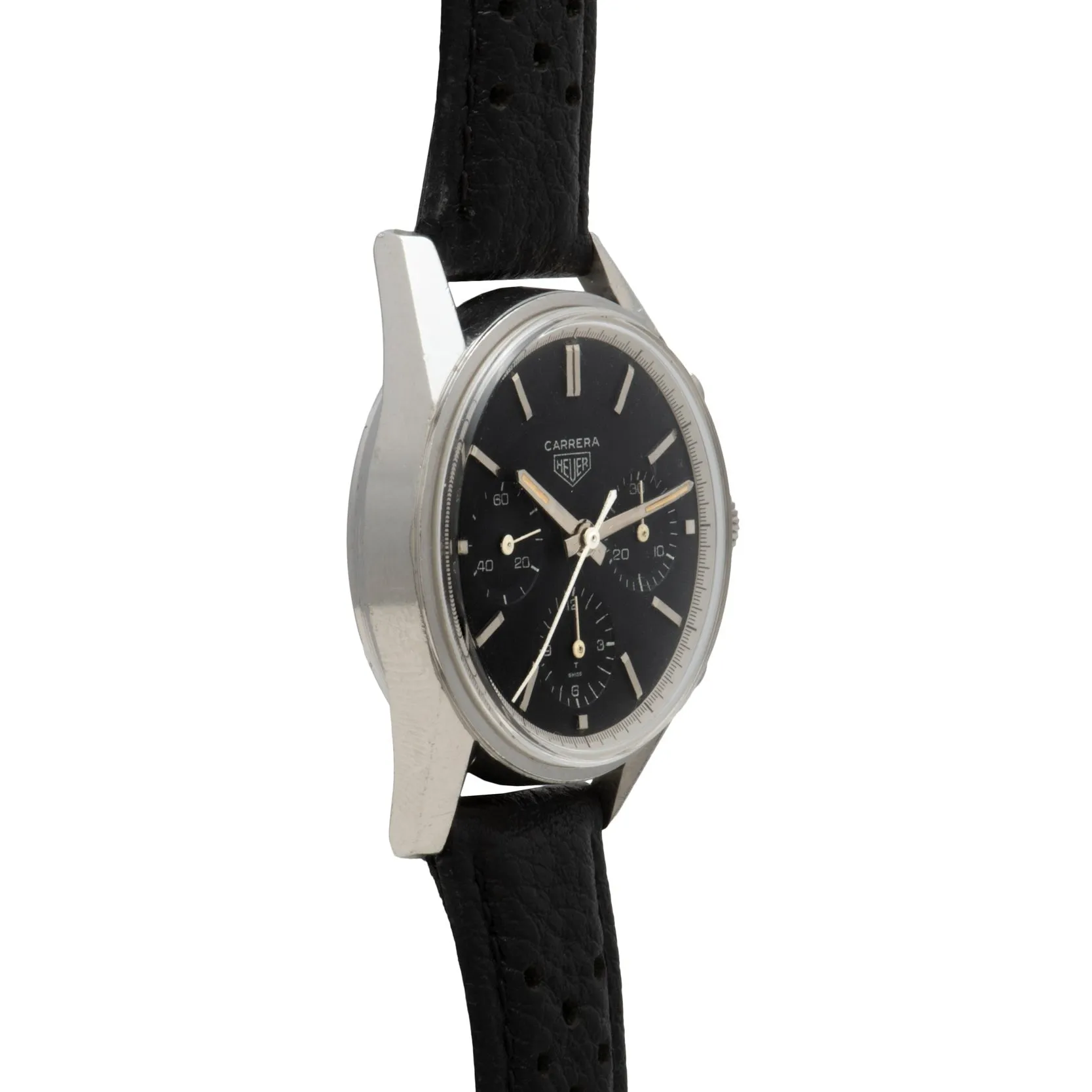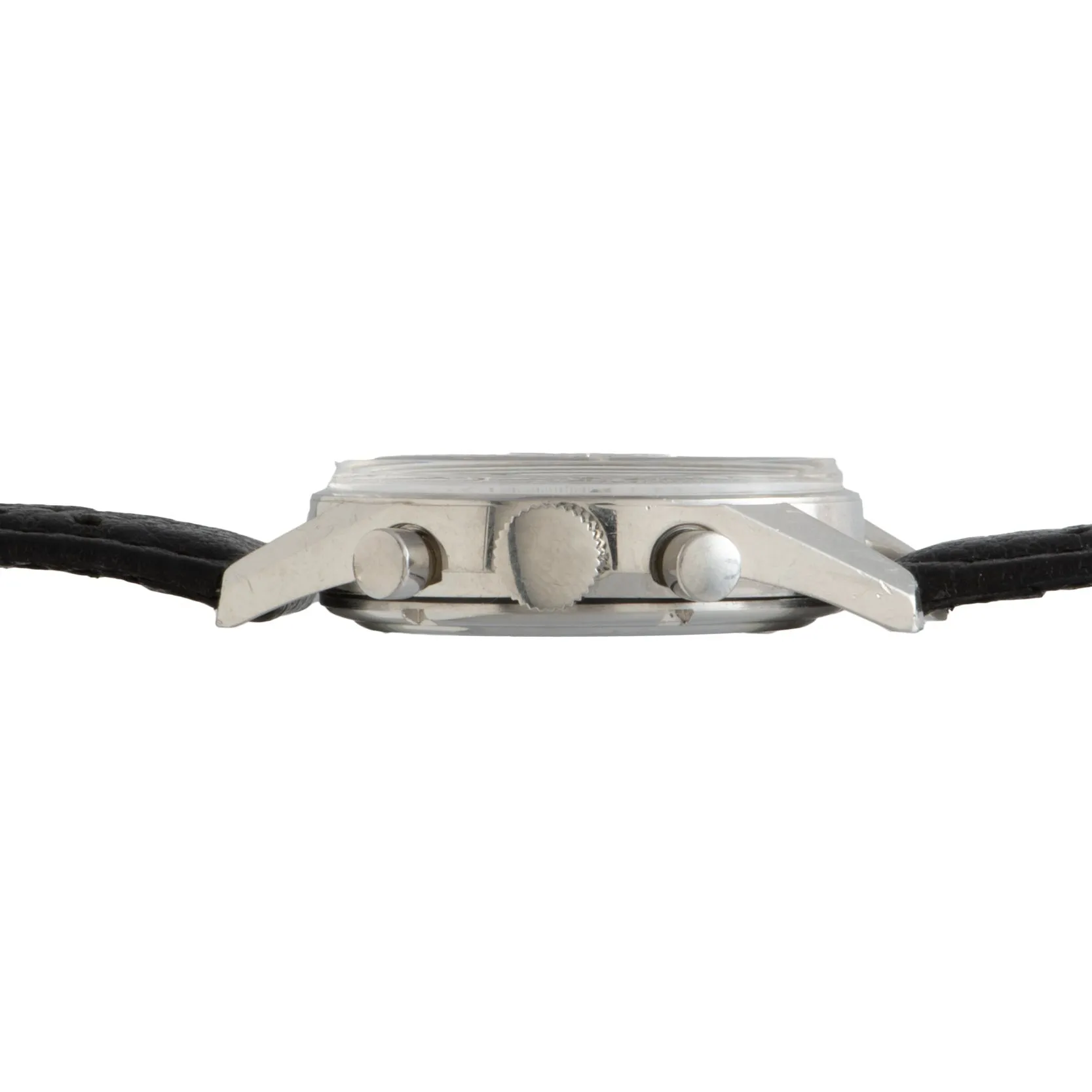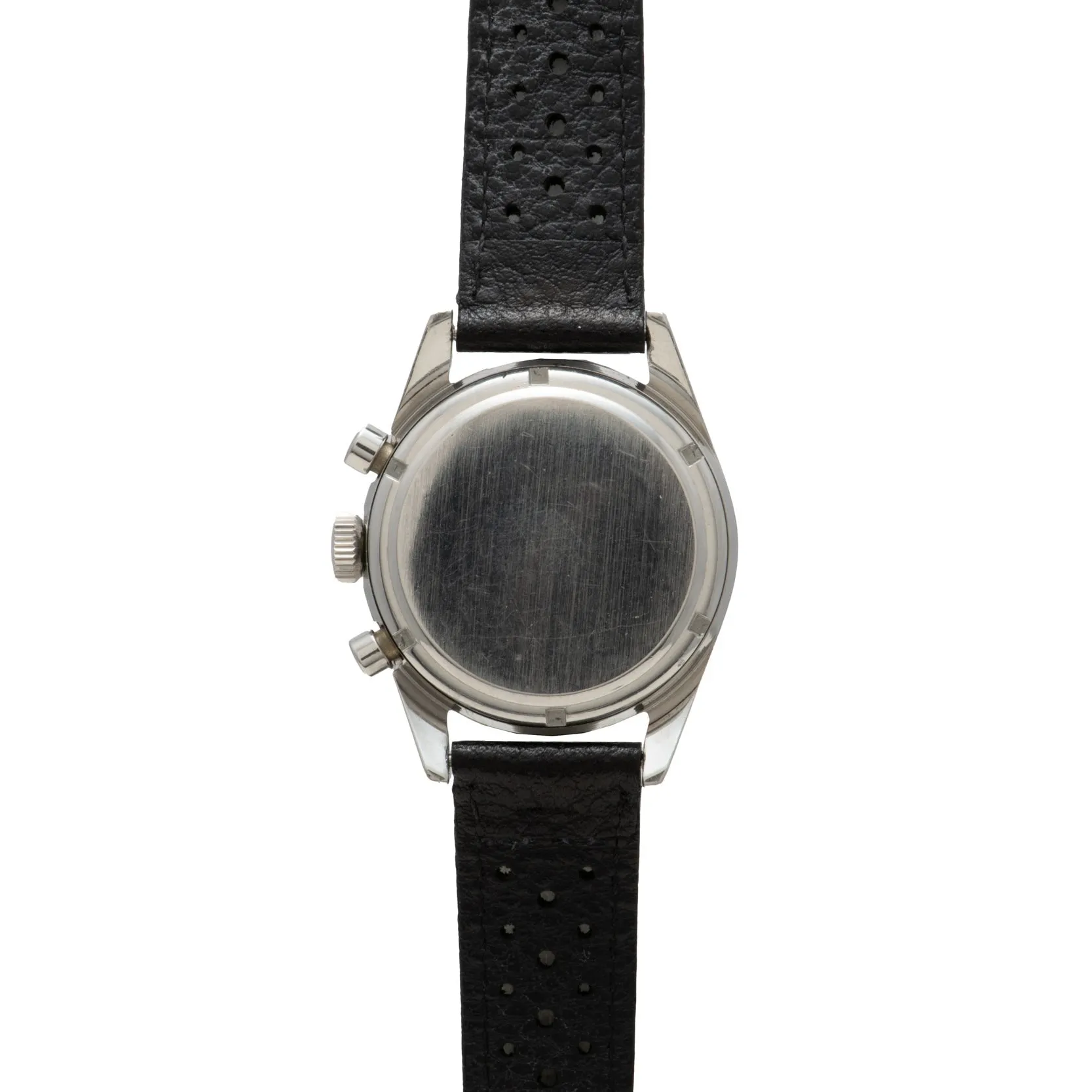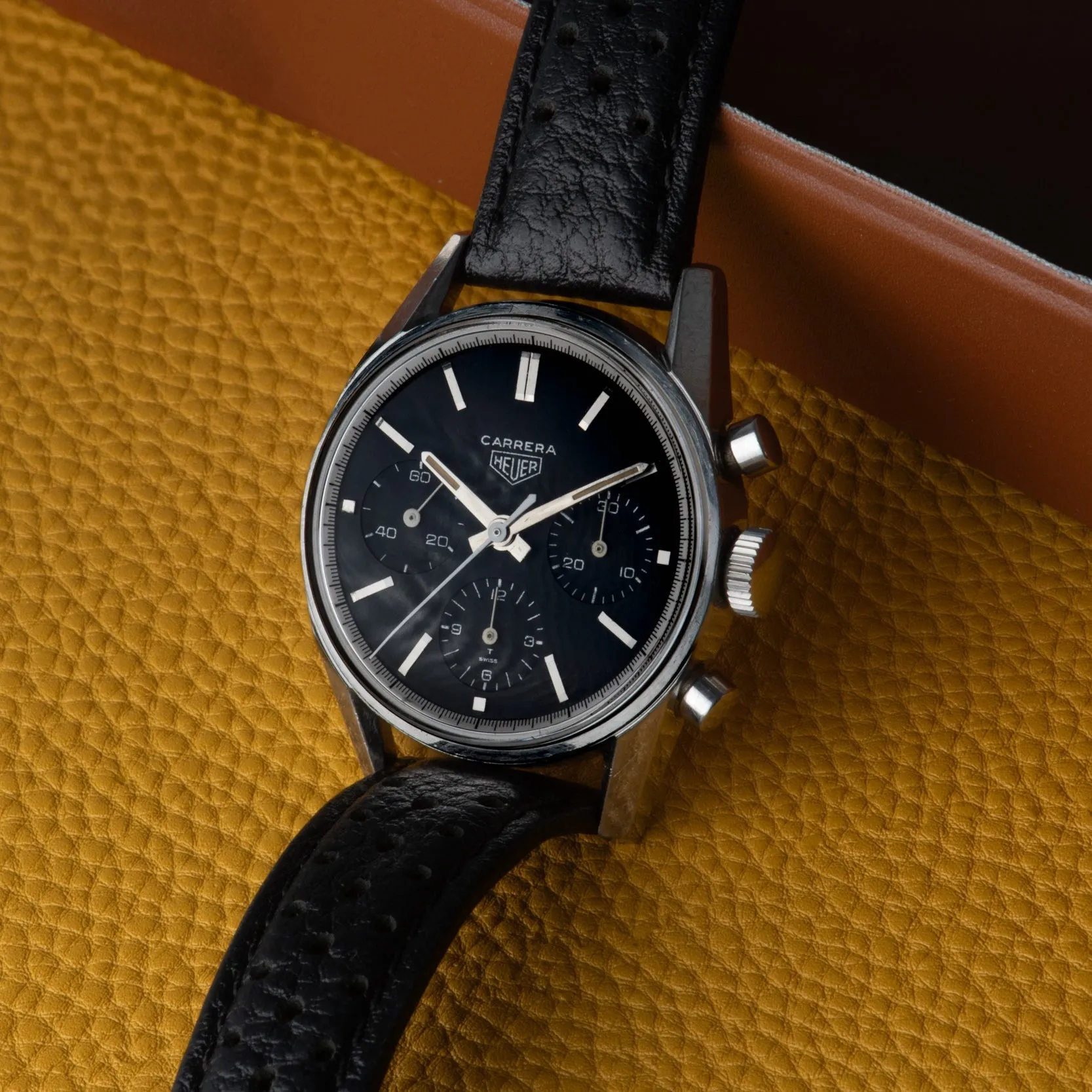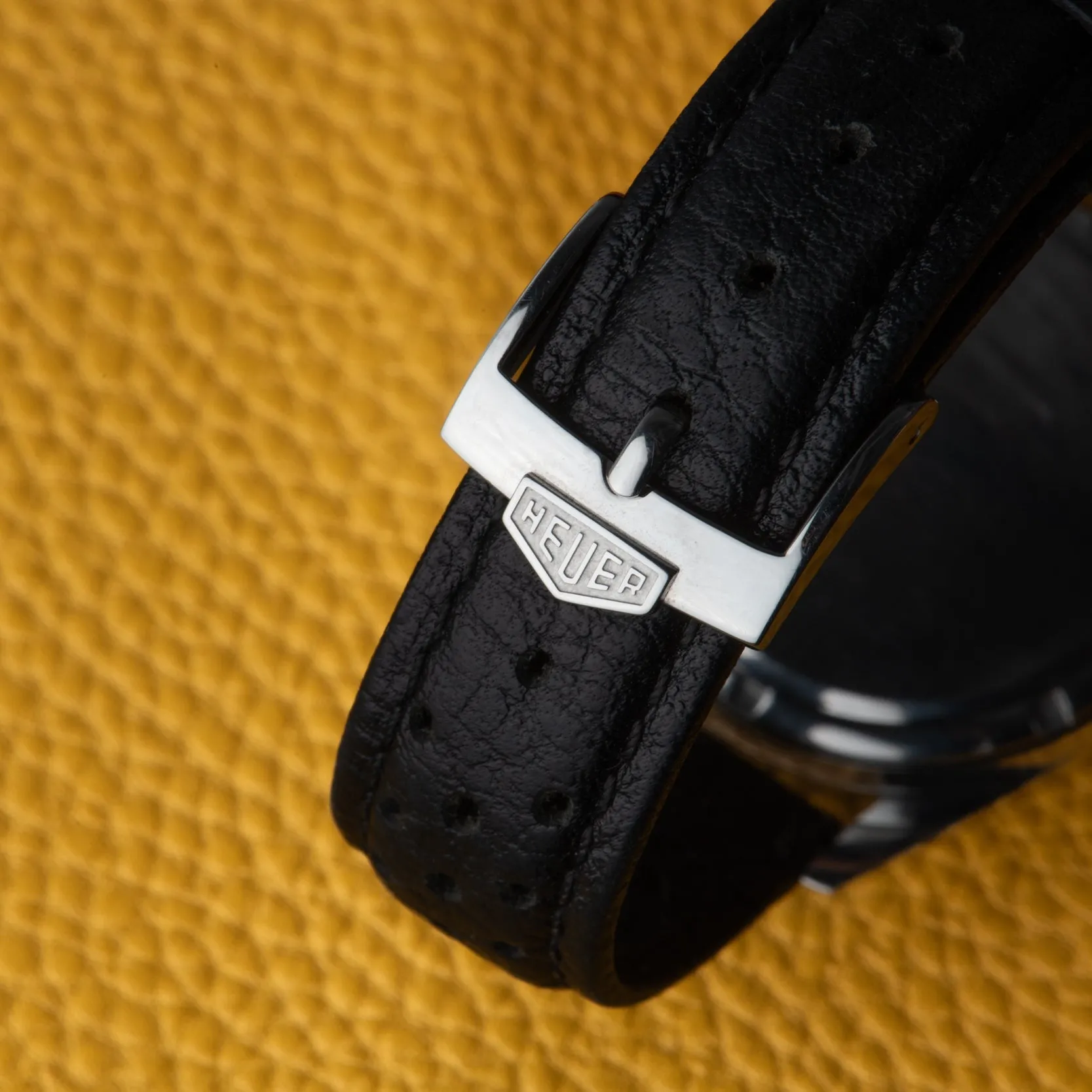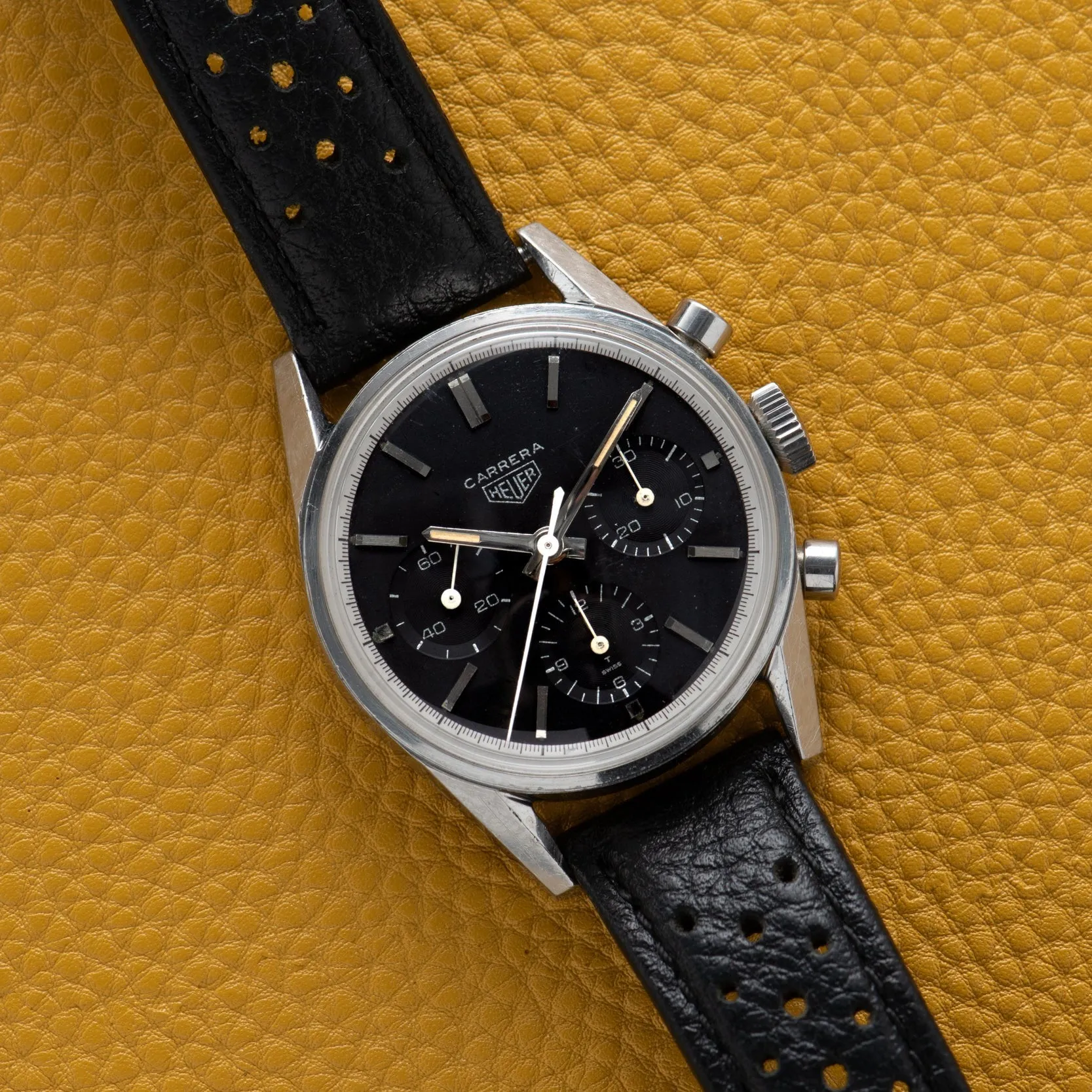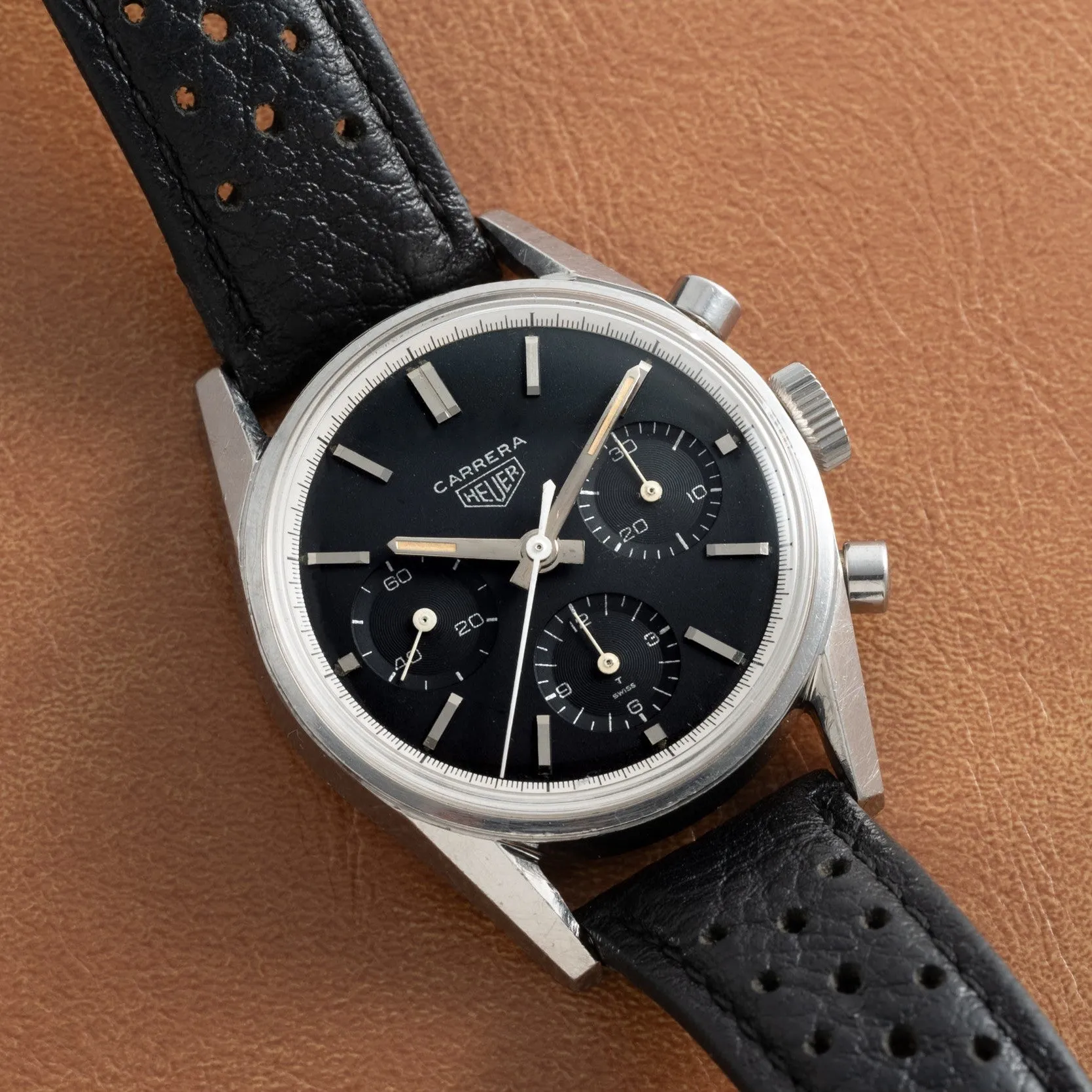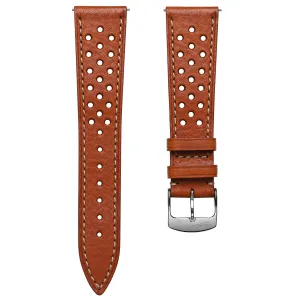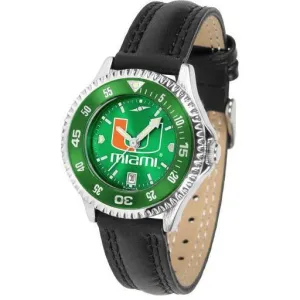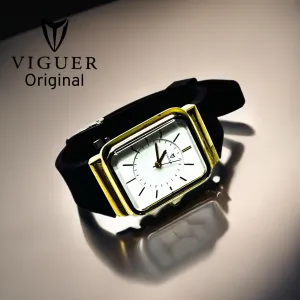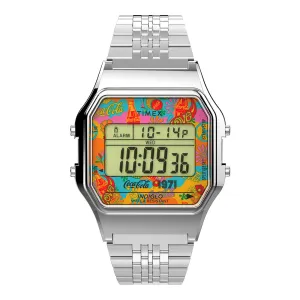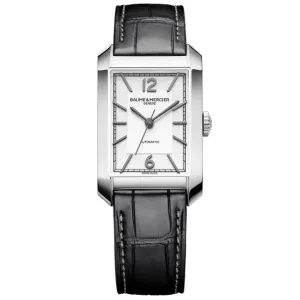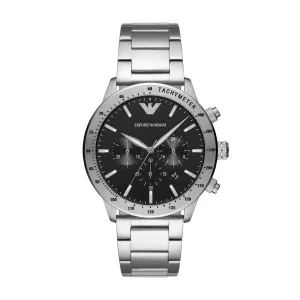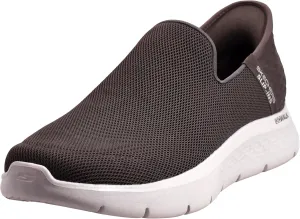As far as we're concerned, a vintage Heuer Carrera is about as cool a chronograph as money can buy.
From its inception, the Carrera was meant to break the mould set by Heuer’s earlier chronographs. Like the Autavia, the first watch that Jack Heuer had a hand in creating, the Carrera was intended to be a racing watch. But rather than rely on tried-and-true engineering and design language to create the Carrera, Jack Heuer sought to introduce something entirely new, drawing inspiration from the work of masters of modern design.
In his student years, Jack Heuer had been inspired by the revolutionary work of Charles-Édouard Jeanneret. History would know Jeanneret as Le Corbusier, the pioneer of modern architecture (and himself a native of La Chaux-de-Fonds, the sleepy Swiss village in which Heuer’s factory was located). Le Corbusier’s concern—one might almost say obsession—with functionality was apparent in his work, which became known for its minimalism.
This example, a Reference 2447N, features the classic - arguably perfectly- proportioned 35mm case and uncluttered dial that expresses that minimalist design language brilliantly. Fitted with barrel pushers, a domed acrylic crystal and a noir, or black, dial that houses applied beveled indices and a triple register chronograph display. It features all the hallmarks of a late ‘first-execution’ Carrera which include a polished, ‘matchstick’ handset, an unsigned crown, silver printing and ‘ T Swiss’ located in the 6 o'clock sub register.
Powered by a Valjoux 72 manual-winding movement, this example features an exceptional case and a very honest dial with light patination throughout. It comes fitted to a black perforated leather rallye-style strap with a signed stainless steel buckle.
Taken as a cohesive whole, the first servies Carrera’s elegant minimalism—like Le Corbusier’s designs—remains evergreen.

